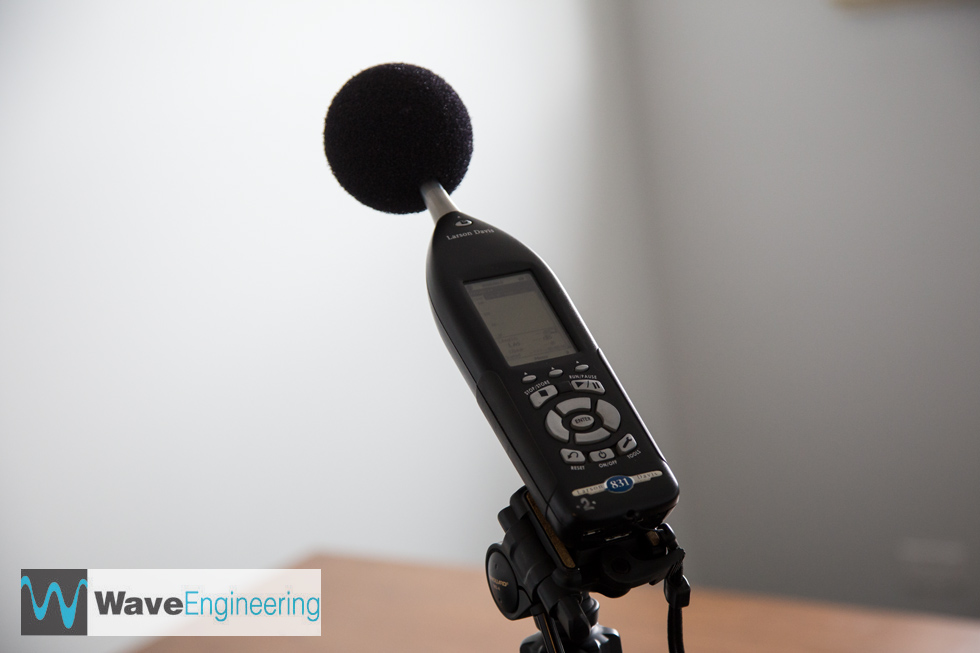STC – Sound Transmission Class Testing
Evaluating Privacy Concerns
Unwanted sound can distract us from sleep, work, and personal time. While poor sound isolation is often attributed to noises we don’t want to hear, it can also allow sounds we don’t want heard. This is often the case in medical office buildings (MOB) where HIPAA requirements dictate patient/doctor conversations remain private. Government facilities operated by GSA and the Department of Defense (DOD) also have confidentiality requirements for specific conference, huddle and SCIF rooms. If sound isolation is not addressed in these facilities during design, speech privacy problems can arise. In multi-family dwellings such as apartments, condominiums, and townhomes, privacy complaints can become a problem that Homeowners Associations (HOAs) need to address. Building codes also have sound isolation criteria for multi-family dwellings.
Acoustical consultants are able to perform field tests on existing wall and floor-ceiling assemblies separating spaces (offices, residential units, townhomes, etc.). We use the test data to identify the problem and recommend solutions. Sometimes Wave Engineering uses an acoustic camera to further pinpoint sound leaks that degrade the STC rating.
STC Testing: What is Involved?
The Sound Transmission Class (STC) is a single-number rating of the sound isolation of a wall or floor-ceiling assembly. The higher the STC, the better the partition is at reducing sound transmission between spaces. Wall types should be selected carefully to provide the appropriate STC rating, but sometimes the field performance is less than expected. To quantify the sound isolation of an assembly in an existing building, Apparent Sound Transmission Class (ASTC) tests are performed. Visit our Acoustic Glossary for more information.
To perform an ASTC test, we need access to rooms on both sides of the wall (or floor) being tested. In residential complexes, this usually means we need to get into two different units. In commercial buildings, we may need access to two different businesses. It is necessary that the building be relatively quiet during the testing process, which may require the cooperation of neighbors and other building tenants. Loud noise is generated during the test but only for short periods of time. One test is normally completed in about 90 minutes.
Wave Engineering will work with you, your HOA, property owners, tenants, building management, architect or contractor to schedule STC tests during times that are most convenient for you.
When Should I Hire A Consultant?
Knowing when to bring in an acoustic consultant to evaluate a privacy problem is a decision that varies from person to person and building to building. We developed this short list of questions that can help you, your HOA, tenants and managers decide if Sound Transmission Class testing is warranted.
If you answer “Yes” to one or more of these questions, STC testing could be a good first step to find a remedy to your privacy issues.
Can you hear activity and conversation from an adjacent room or unit?
Can you hear your neighbor’s radio (television, phone ringing, vacuum cleaner, etc.)?
Can you tell when your neighbor opens/closes cabinets and doors, moves furniture, etc.?
Are you aware of your neighbor’s daily schedule due to sound transmitted to your unit?
Does noise intrusion from an adjacent space disrupt your privacy or productivity?
After the Test
After testing is complete we will evaluate the test results and work with you to develop options to improve STC ratings and sound isolation, if necessary. We will consider all variables, including project budget, and recommend custom solutions to improve privacy in your building or facility.



